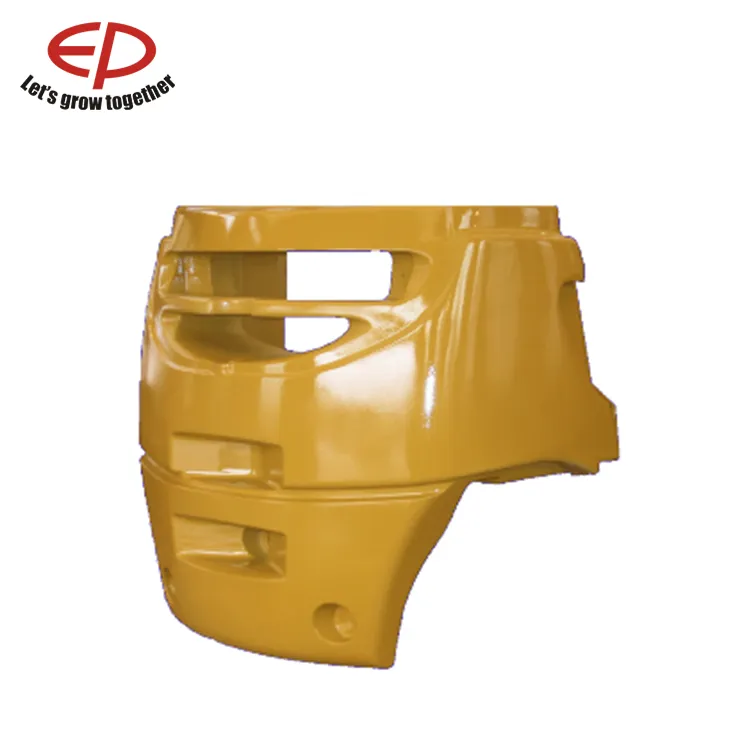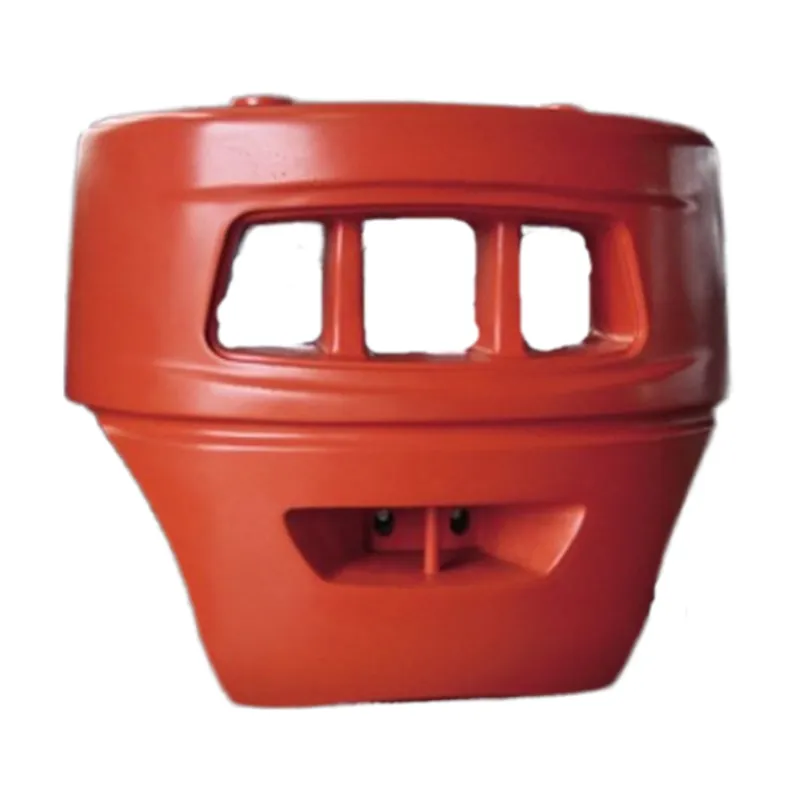Counterweight Parts
EP CASTING
About
- Material: Iron or customized
- Vacuum Aspirated Casting and Shot Blasting and Grinding
- Resin Sand Core
- Spray-PaintSurface Treatment
- Weight: 800kg~2000kg
- Surface Roughness: Ra6.3
- Transport Package:Pallet or Box
- OEM and CNC machining available
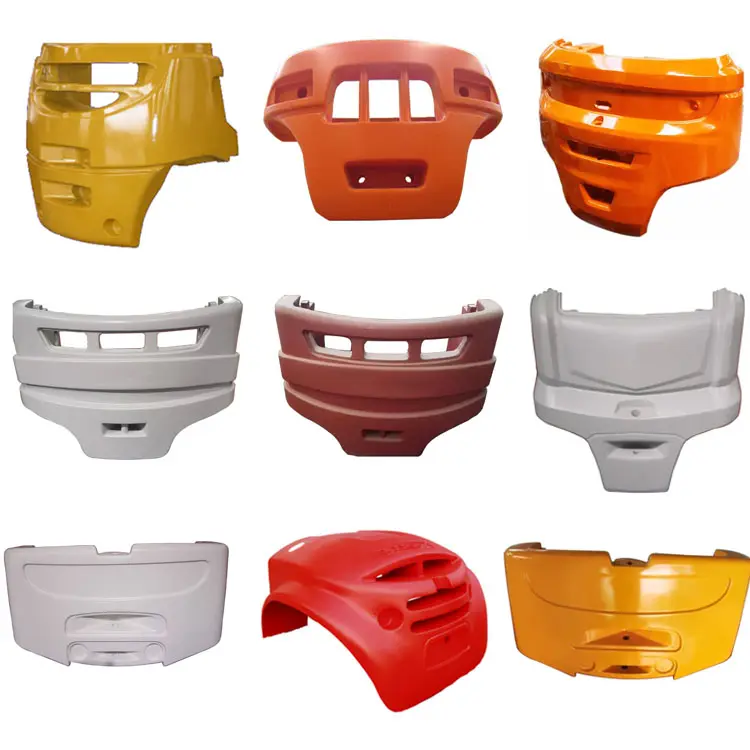
Example of Heavy Machinery using Counterweights
- Crane: Crane is one of the most well-known users of counterweights. Tower cranes, mobile cranes, and crawler cranes typically use large counterweights to balance the weight of the lifted object and ensure stability during operation.
- Excavator: Excavators use counterweights to offset the weight of the digging arm and bucket. This enables them to accurately and stably excavate, lift, and swing loads
- Forklift: Forklifts use counterweights to prevent tipping over when handling heavy objects. These counterweights are usually located at the rear of the forklift, relative to the load weight on the forklift forks.
- Agricultural machinery: Agricultural machinery, such as tractors and combine harvesters, typically use counterweights to maintain stability when handling heavy objects or working on uneven terrain. These counterweights can be adjusted or added as needed.
- Mining equipment: In the mining industry, large earthwork equipment such as towing trucks and excavators rely on counterweights to handle huge payloads and maintain stability on rugged and challenging terrain.
Considerations for counterweights design
Weight
Calculate the weight required for the counterweight based on the force to be balanced or the motion to be controlled.
Ensure that the quality of the counterweight is sufficient to effectively balance the load.
Material selection
Select materials with appropriate density, strength, and durability for specific applications.
The commonly used materials for counterweights include concrete, steel, lead, and cast iron.
Center of gravity (CG)
Accurately locate the center of gravity of the counterweight, aligning it with the center of gravity of the load.
This ensures that the counterweight effectively balances the load without introducing additional force or torque.
Installation and accessories
Consider factors such as installation points, fasteners, and connections to firmly connect the counterweight to the system.
Environmental factor
Assess the environmental conditions for counterweight work. When selecting materials and coatings, temperature, humidity, and corrosion resistance should be considered.
Load variation
Consider the potential changes in the load being balanced or controlled, and design a counterweight system to adapt to these changes.
key functions of counterweights
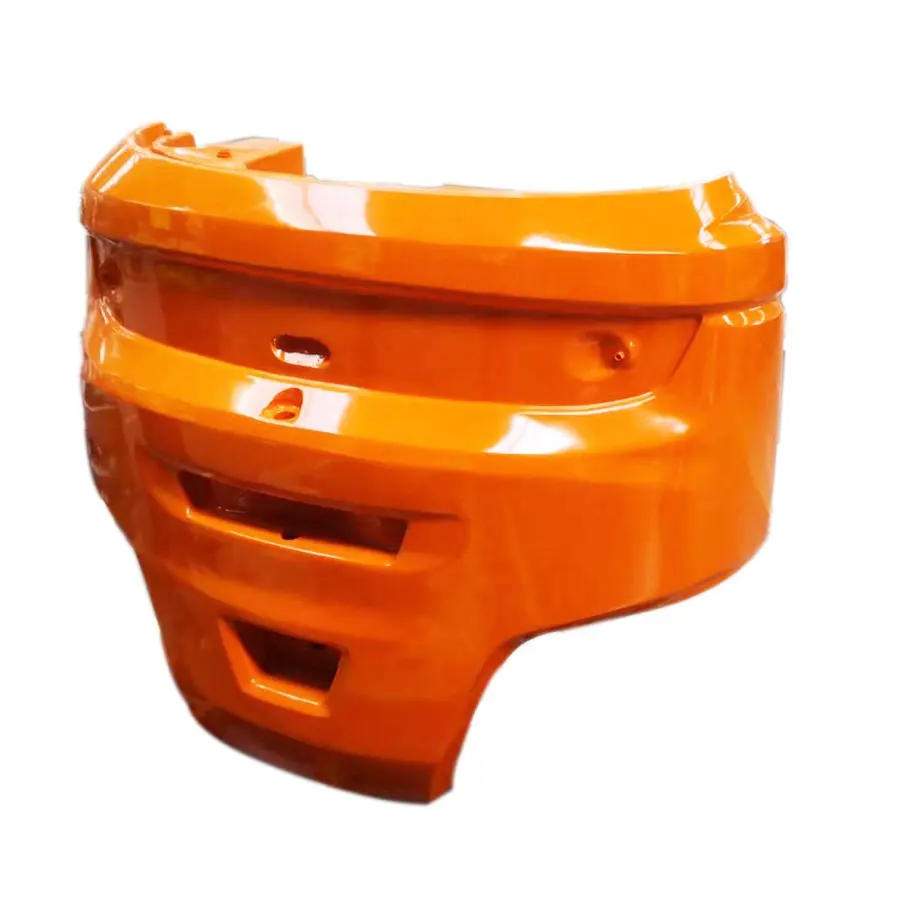

The counterweight in heavy machinery is mainly used to balance the uneven weight distribution caused by various components and accessories of the machine. The key functions of counterweights include:
Stability
The position of the counterweight is strategic and can maintain the stability of the machine during operation. They counteract the power generated by machine movement, preventing the machine from tilting or tipping over.
Load capacity
Heavy machinery typically requires lifting or carrying a large amount of load. Counterweight enhances the lifting capacity of the machine by offsetting the weight of the load, enabling it to safely handle heavier objects.
Reduce stress
By evenly distributing weight, counterweights can reduce stress on machine structural components (including chassis and axles). This extends the service life of the machine and reduces maintenance requirements.
Balance components
Due to the uneven distribution of heavy machinery components, such as large engines in the front, counterweights can balance the weight distribution of the entire machine and improve maneuverability.
Media Gallery
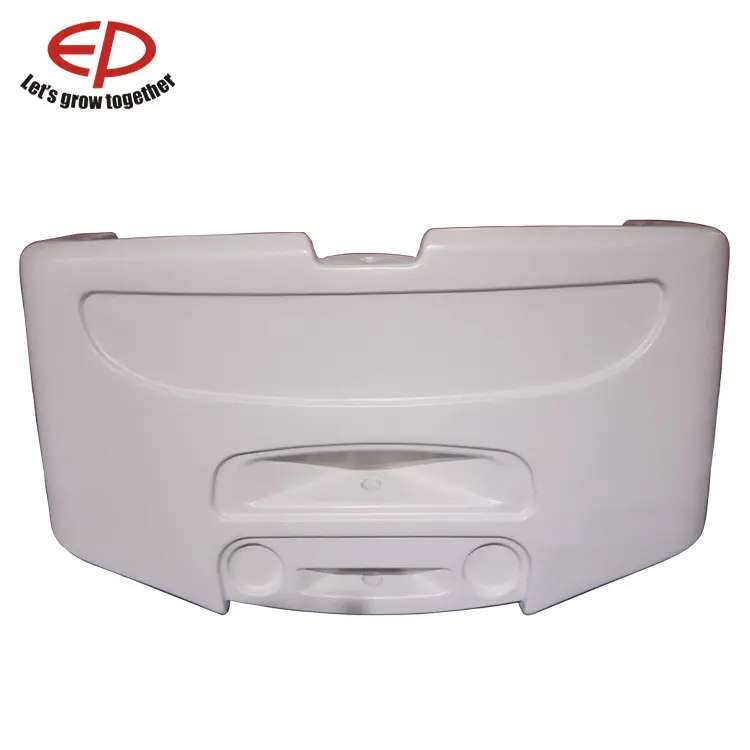
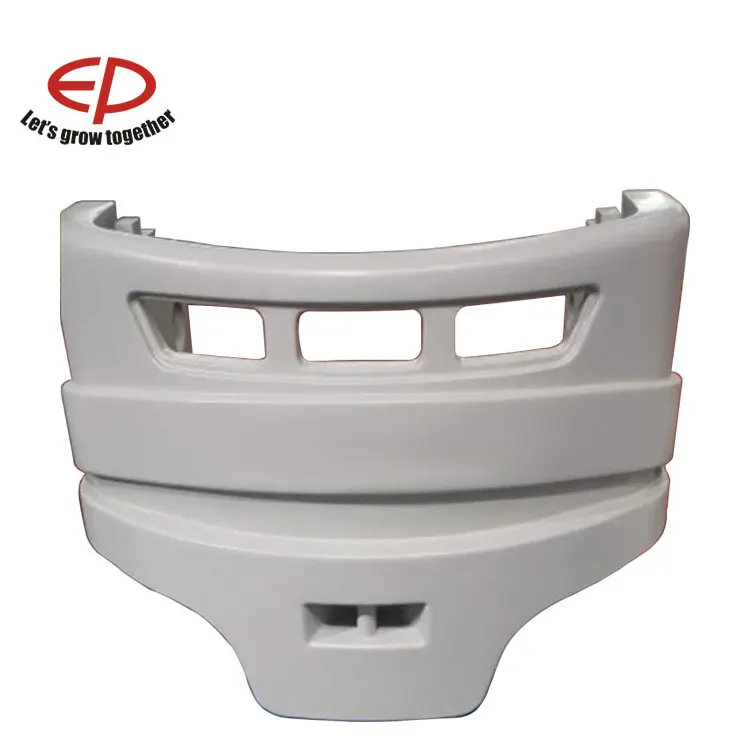
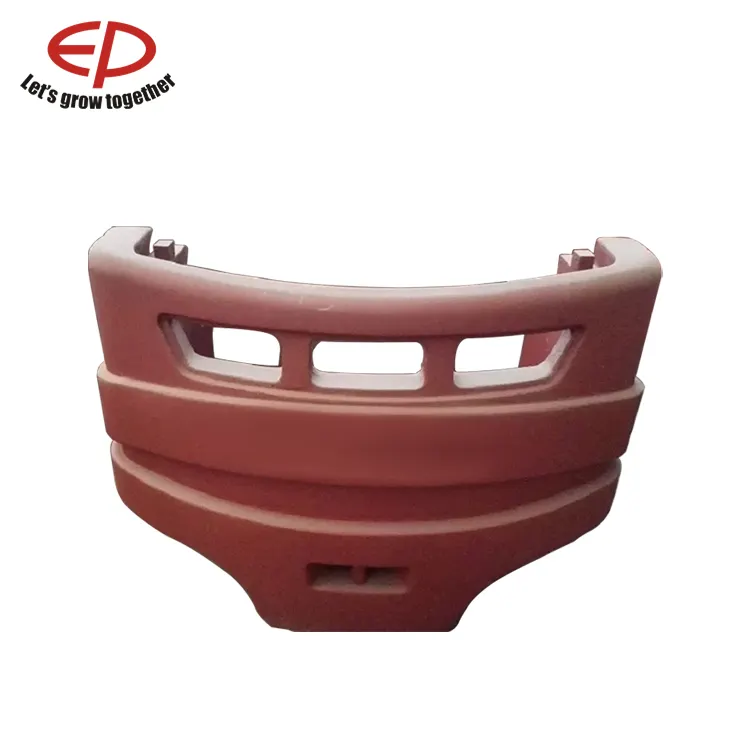
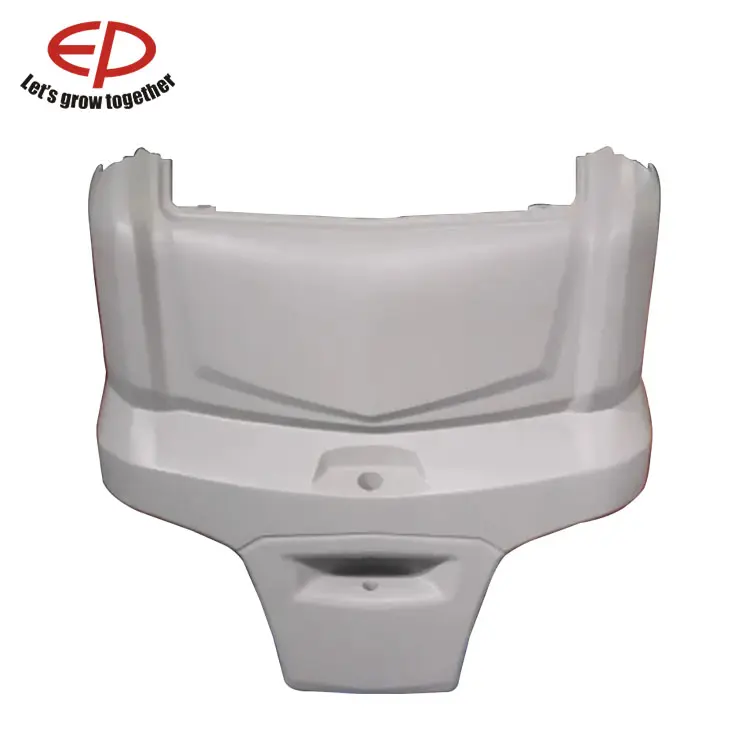

Contact Us
For any further questions, you can contact our sales team via email, WhatsApp or Linkedin. We will help you to find the right product for your application.

